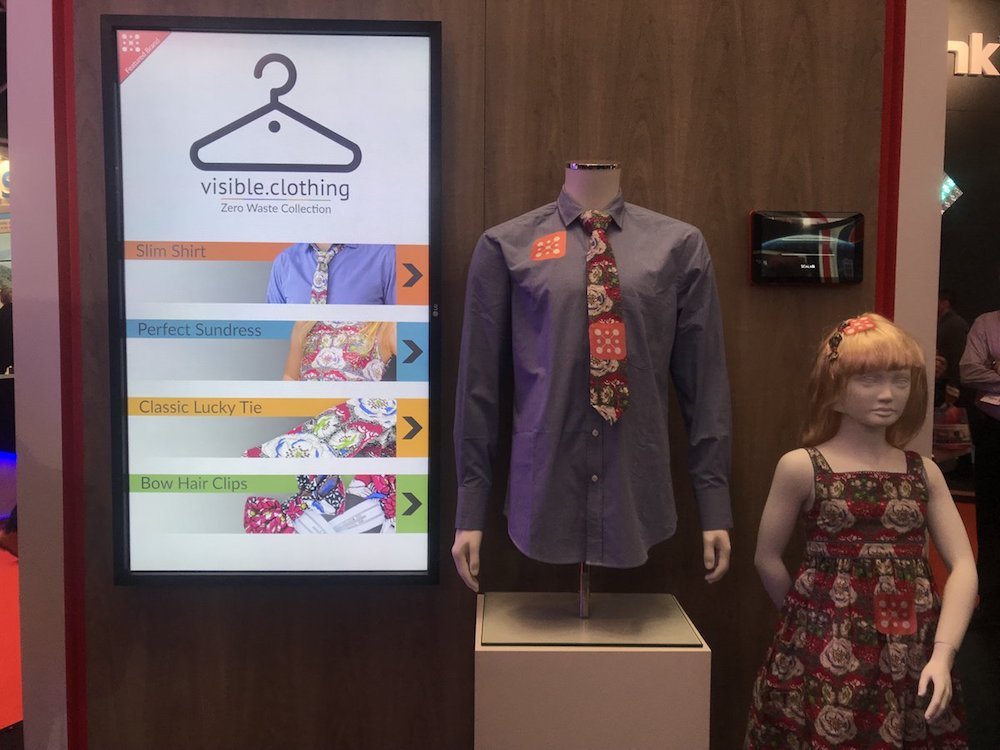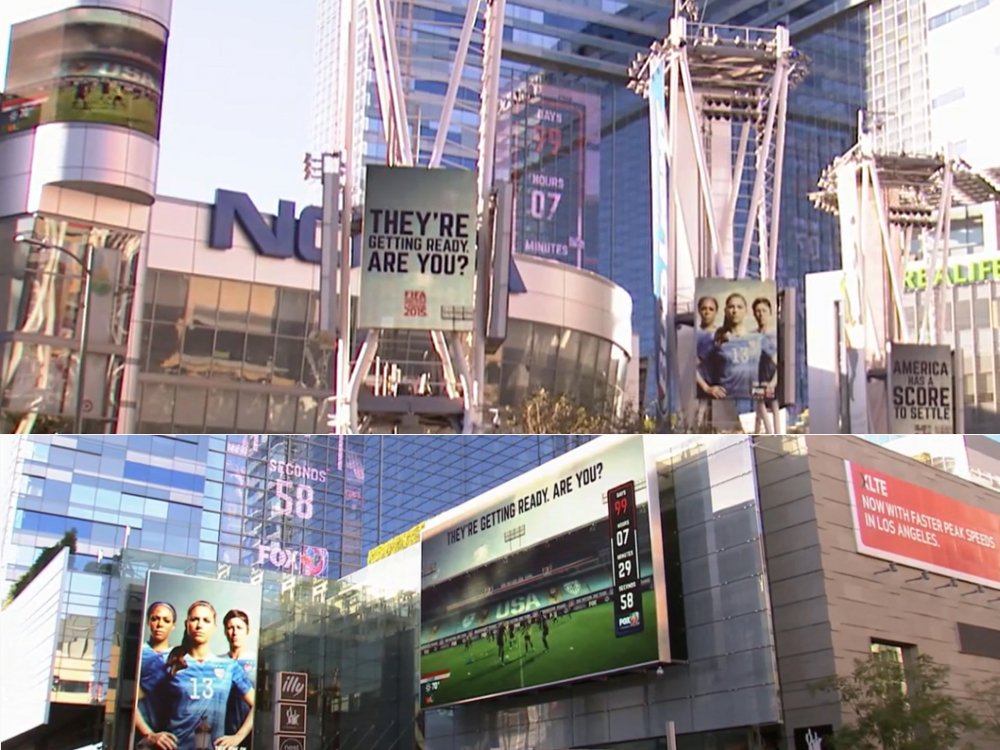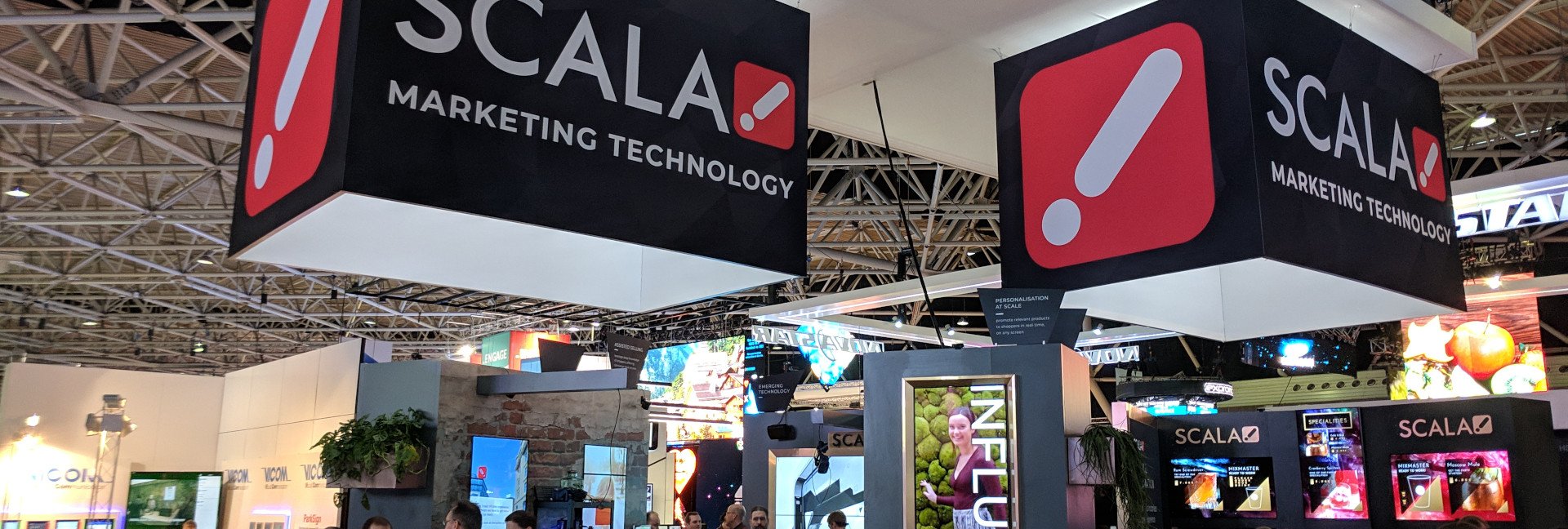The story of Scala begins in 1987 with the name Digital Vision. The current name, which is based on the Milan Opera House, was introduced in 1990. While success was initially great, partners became slowly annoyed by Scala’s inflexibility. Now the company is shining again thanks to an new investor.
Digital Vision, 1987. Times change. Just three years later, Scala, founded in Norway, became Scala. The rise began with a Commodore Amiga-based Digital Signage system that ported the company to MS-DOS in 1996. As the market continued to develop, Scala relocated its headquarters to the United States. The strong presence in Europe remained. After 20 years, an impressive ecosystem exists in most markets, which includes a number of well-known and competent Digital Signage integrators. Scala is the industry’s Tesa film: a synonym for „Digital Signage CMS“, with many tenders calling for „Scala or a similar system“. The software vendor successfully expanded to Japan and extended its development capabilities in India. For many years Scala kept its prime position in the market, which is reflected in its number of installations.
However, Scala’s successful run was put on pause at the beginning of the 2010s. Younger and more flexible systems gained market share due to the fact that they adapted faster to new market demands. Many Scala system integrators opted for a two-supplier strategy, with Swiss-based company Navori or Grassfish from Austria offering attractive alternatives. In addition, Samsung Magic Info and Google Chrome joined the party. They set trends with less powerful but easy-to-personalise solutions. Scala was no longer the only player at the table.

While Scala may have dominated the market due to its unsurpassed high number of installations, new business made more and more competition. A number of management changes in both the US and Europe did not help matters much either. Trust was lost when Scala began using the ‚Direct Touch‘ strategy. The partners were supposed to accept Scala’s direct approach to end customers – a move
which ruffled the feathers of even the most loyal customers. Needless to say, system integrators were disappointed.
One of the running gags was the new „Berlin Release“, a project which was delayed for years. The partners continued to invest in staff in the form of Scala specialists, but the gap to competing Digital Signage software solutions increased. More and more partners started developing their own middleware on Scala. The new platforms aim to provide a modern user interface for customers and to add additional
functionality.
As custom-developed middleware solutions became more powerful, Scala partners began to experiment with new software solutions. The resulting freedom allowed them to replace the CMS for their customers without any visible changes. On paper, this strategy looked good and the Scala partners seemed to enjoy this new flexibility. However, many attempts failed to migrate existing installations to a
new CMS platform. With customers seeing no additional benefits, it only increased the cost of an already quite expensive digital touchpoint platform.

Suddenly, retailers were faced with new challenges: omnichannels, beacons and analytics were in demand. Customers realised that additional new platforms were needed to centrally manage digital assets and create and publish social media across all platforms. On the other hand, a new Digital Signage CMS was not the top priority. Scala’s investors – some of which have been on board for decades – were looking for new sources of investment… for 10 years. And while Scala is the world leader in Digital Signage software, sales haven’t lived up to the expectations on the market.
Chris Riegel, owner and CEO of Stratacache in Cincinnati, finally won over longtime investors and bought the company back in 2016. In late summer, during the US election campaign, Riegel closed the deal and posed with a red baseball cap with the slogan „Make Scala Great Again“. This was followed by further company acquisitions through Stratacache, whose goal is to become a global DS expert. The acquisition of Scala succeeded in changing the dynamics in the industry within a matter of weeks. A long-awaited consolidation process is currently underway, a process which shows no sign of letting down.
The past two years have been a wild ride for many within the industry. Stratacache’s acquisition was a much needed catalyst for the building of global players. Many system integrators now find themselves weighing up their options – to stay with the existing CMS provider or to participate in a CMS. The other software providers struggle to keep up with the colossus that is part of the Stratacache group, which, according to company figures, has an annual turnover of around 500 million US Dollars.

